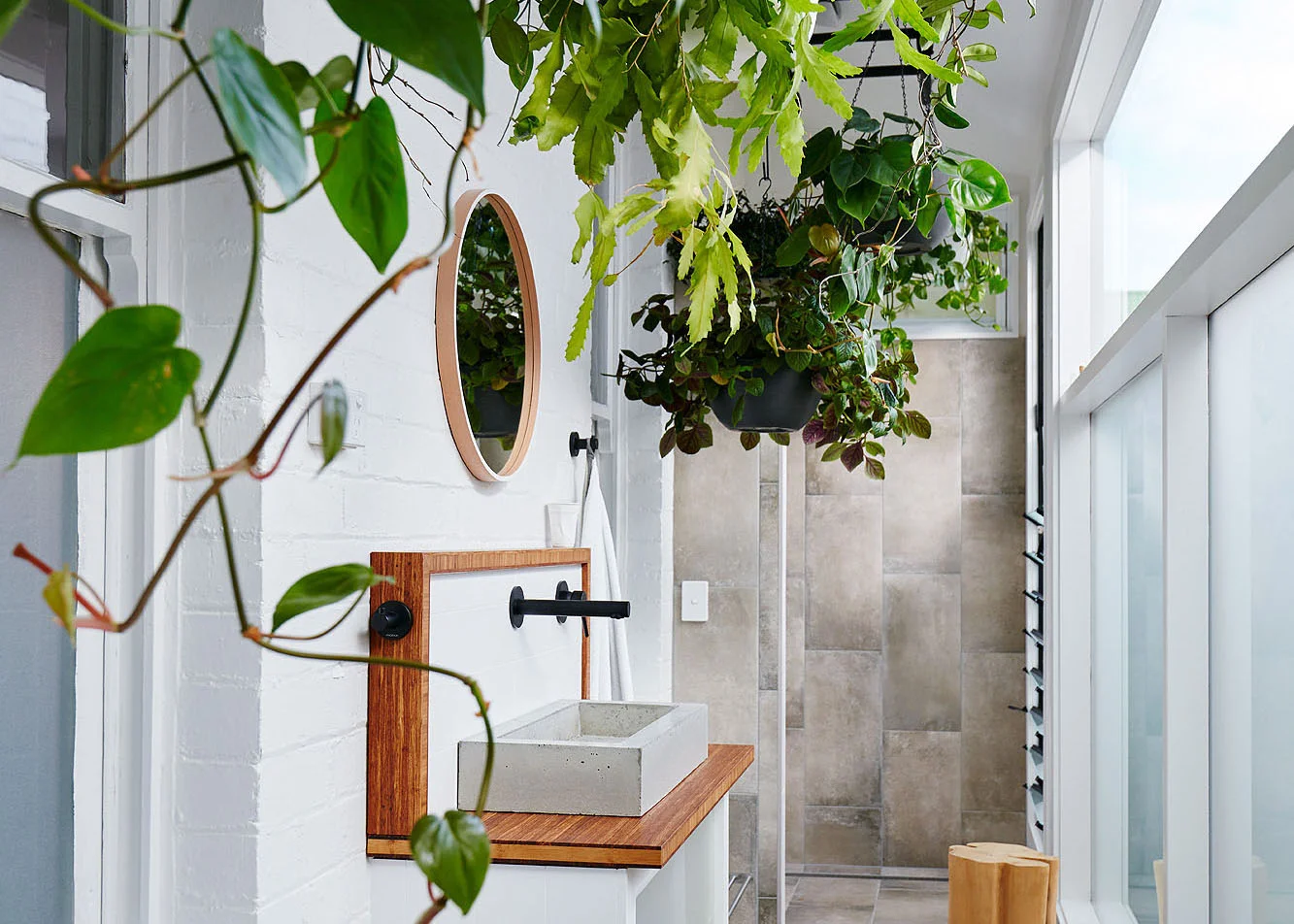Attending the symposium and exhibition, Biotech Art Revisited, at Experimental Art Foundation
Architecture and processing change
For many, architects largely offer frameworks for boutique living and institutional arrangements. Ushering in formal expressions of individual luxury and collective organisation, they are servants of power.This is a caricature. The role of architecture and architects is, can, and should be far more active, experimental and ethically inclined in it's contribution than such a caricature suggests. The dimensions of life with which architecture works are many and complex, and the relationships between them are tricky. Formal arrangements affect what we can do and how we can function, how we feel in psychological and physiological ways, and how we understand our relationships with others and the world, or environment, in general. Amidst this vast and multi-dimensional terrain there is one tricky issue that particularly interests me: the role of formal arrangements in terms of comprehending change. Processes of change are always occurring, in radically variant degrees and kinds. For reasons I won't elaborate on right now, it takes longer for us to form a cognitive understanding of events than to grasp those events in a more 'sensed', felt or aesthetic way: we can feel and respond to a change far in advance of our capacity to 'think it through'. The act of designing can be a way of approaching and forming pre-cognitive understandings of what's happening. Design is an act of expression and an exposure, to others and to oneself, of the forms of organisation through which we feel-think our way through the world. We 'show' ourselves how we are 'wired' through the things we make, at the same time as we develop and change that 'wiring' of relations through negotiating this very act of showing. So, to return to the beginning of this post, the role of architects and their designs can be far more active in both comprehending, organising and generating change than the 'servant of power' caricature suggests.




